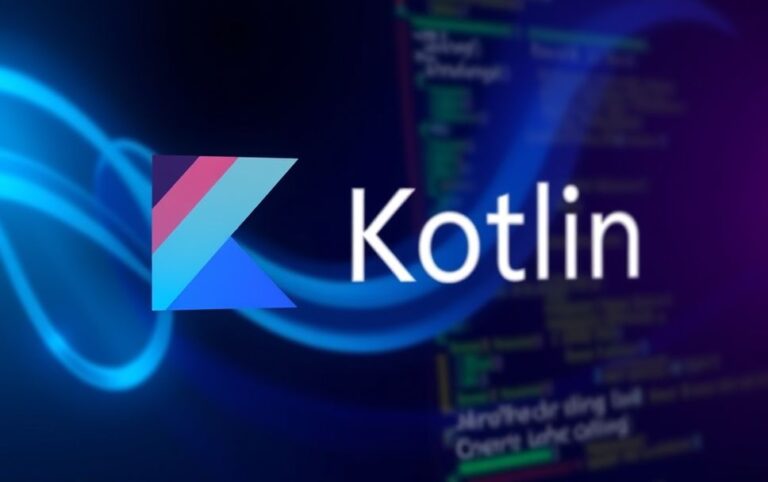What is Kubernetes?
Kubernetes, often abbreviated as K8s, is an open-source platform designed for automating the deployment, scaling, and management of containerized applications. It provides a robust framework for managing microservices and containerized applications across a cluster of machines, ensuring that they run smoothly and efficiently.
The Importance of Kubernetes in Modern Development
As software development has evolved, the need for efficient, scalable, and resilient application management has become paramount. Kubernetes addresses these needs by enabling developers and administrators to deploy applications in a cloud-native environment seamlessly. Its architecture allows for seamless scaling, load balancing, and service discovery, making it an invaluable tool for modern development practices.
Core Components of Kubernetes
Kubernetes consists of several key components that work together to provide its functionality. Understanding these components is essential for utilizing Kubernetes effectively:
- Nodes: The machines (virtual or physical) that run applications in Kubernetes.
- Pods: The smallest deployable units that can contain one or more containers.
- Deployments: A method for managing a set of replicas of pods, ensuring that the desired state of the application is maintained.
- Services: Define a logical set of pods and a policy for accessing them, enabling communication between different parts of the application.
Real-World Use Cases for Kubernetes
Kubernetes has found its application in various industries, demonstrating its versatility and effectiveness. Here are some practical examples:
- Microservices Architecture: Companies adopting microservices can use Kubernetes to manage the complexities of deploying and scaling multiple services independently.
- Continuous Integration/Continuous Deployment (CI/CD): Kubernetes enables automated testing and deployment pipelines, allowing developers to push updates frequently without downtime.
- Hybrid Cloud Solutions: Organizations can utilize Kubernetes to manage workloads across on-premises and cloud environments, providing flexibility and scalability.
- Big Data Processing: Kubernetes can orchestrate data processing frameworks like Apache Spark, enabling efficient data management and analysis.
How to Get Started with Kubernetes in Your Daily Workflow
Integrating Kubernetes into your workflow can enhance your development and deployment processes. Here are steps to get started:
- Set Up a Local Development Environment: Use tools like Minikube or Docker Desktop to create a local Kubernetes cluster for testing.
- Deploy a Sample Application: Start with a simple application to understand the deployment process using
kubectl, the command-line tool for interacting with Kubernetes. - Explore Kubernetes Ecosystem: Familiarize yourself with Helm for package management and Istio for service mesh capabilities.
- Join the Community: Engage with the Kubernetes community through forums and meetups to stay updated on best practices and new features.
Related Concepts in the Kubernetes Ecosystem
Understanding Kubernetes also involves familiarizing yourself with related concepts that enhance its functionality:
- Docker: A platform for developing, shipping, and running applications in containers, often used in conjunction with Kubernetes.
- Container Orchestration: The automated management of containerized applications, of which Kubernetes is the leading solution.
- Service Mesh: A dedicated infrastructure layer that controls service-to-service communication, often integrated with Kubernetes for enhanced security and observability.
Conclusion: The Practical Value of Kubernetes
Kubernetes has transformed the landscape of application deployment and management. By abstracting the complexities of infrastructure management, it allows developers to focus on building applications rather than worrying about the underlying hardware. Whether you’re a programmer developing microservices or an administrator managing servers, mastering Kubernetes can dramatically improve your operations.
As you continue to explore Kubernetes, consider how you can implement its features in your projects. Reflect on your current challenges in application management and think about how Kubernetes can provide solutions. Dive into the community resources available, and don’t hesitate to experiment with its capabilities.









